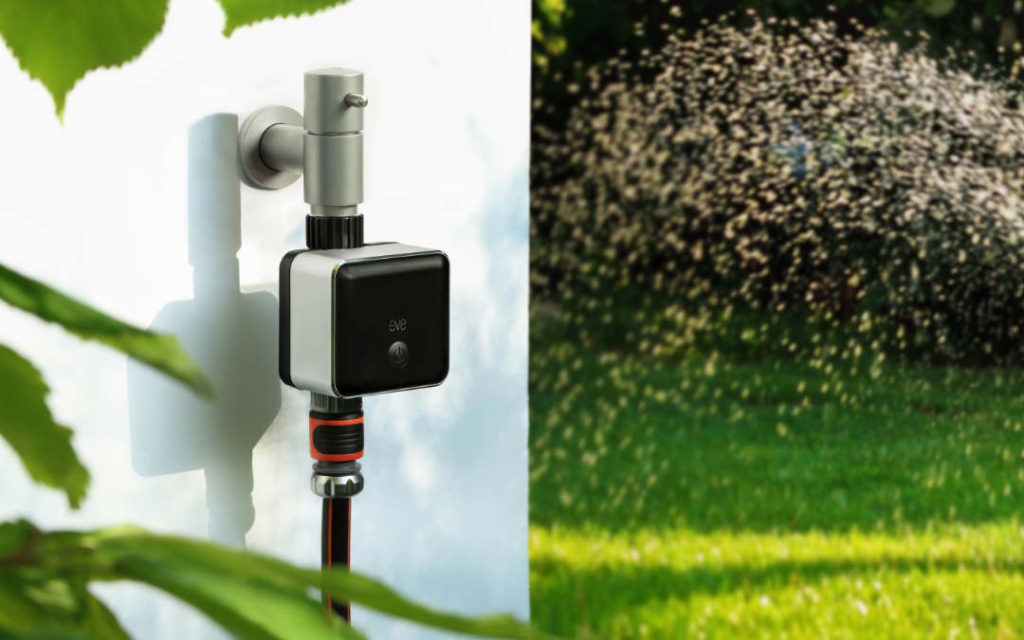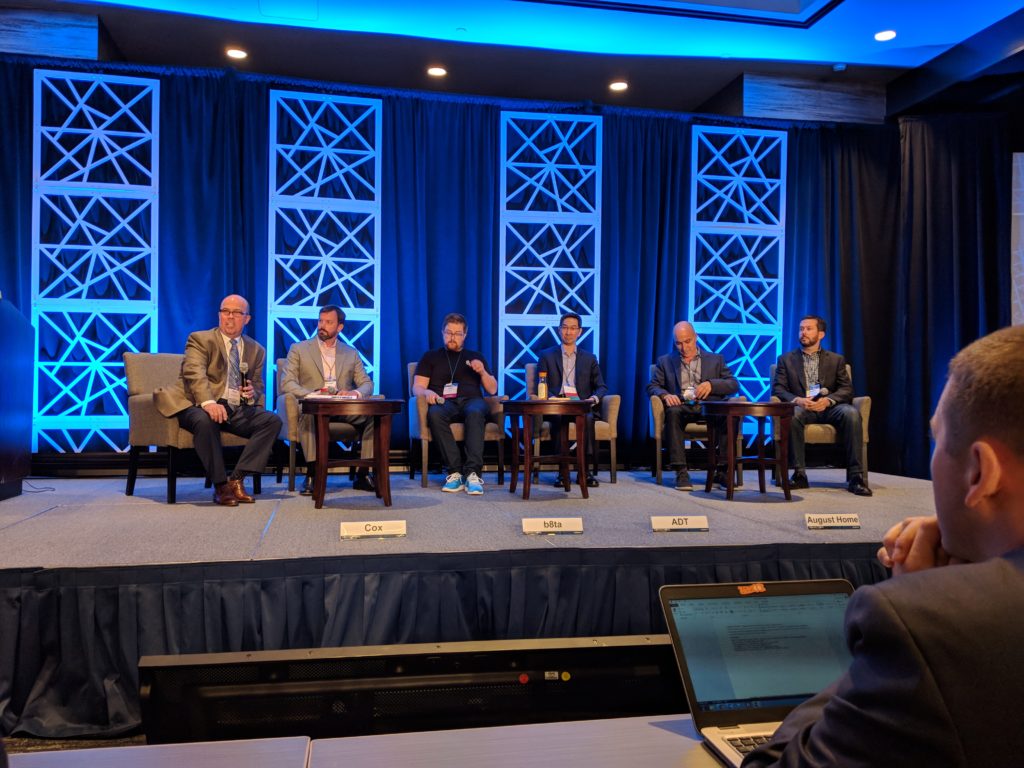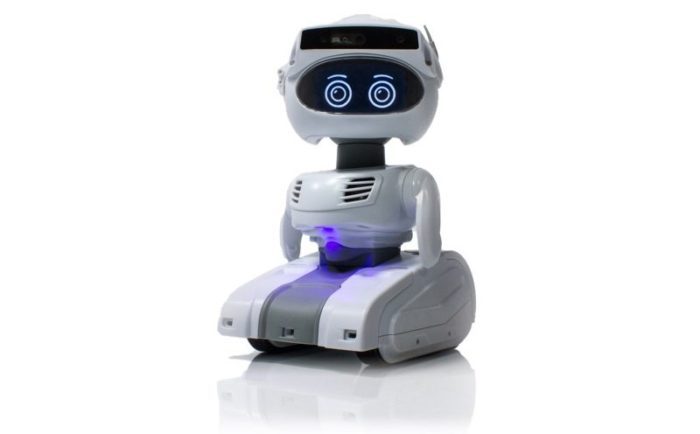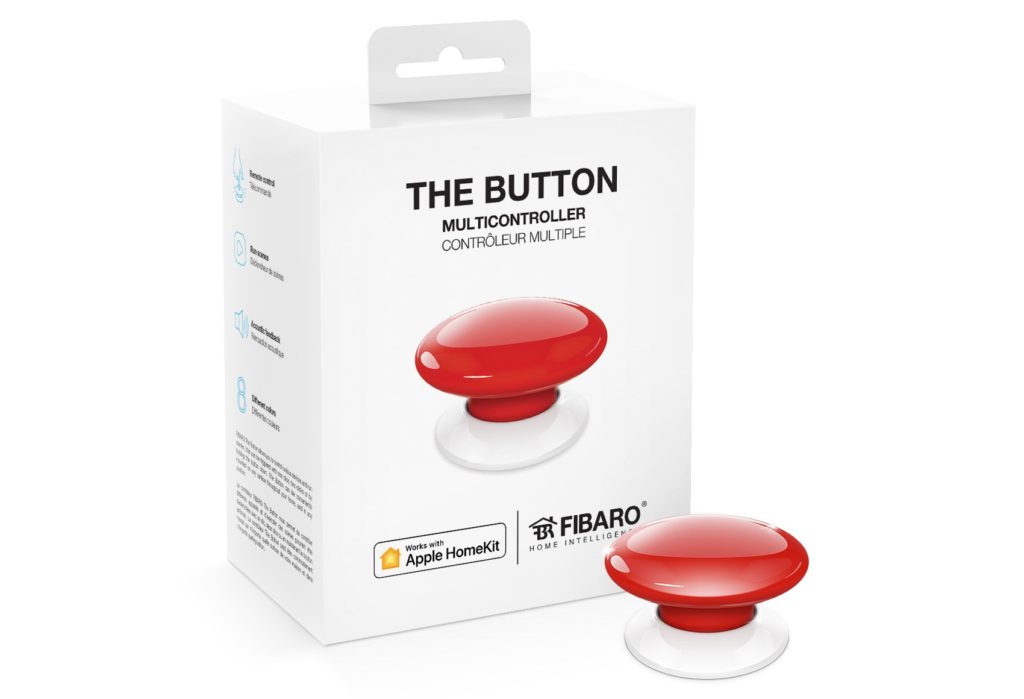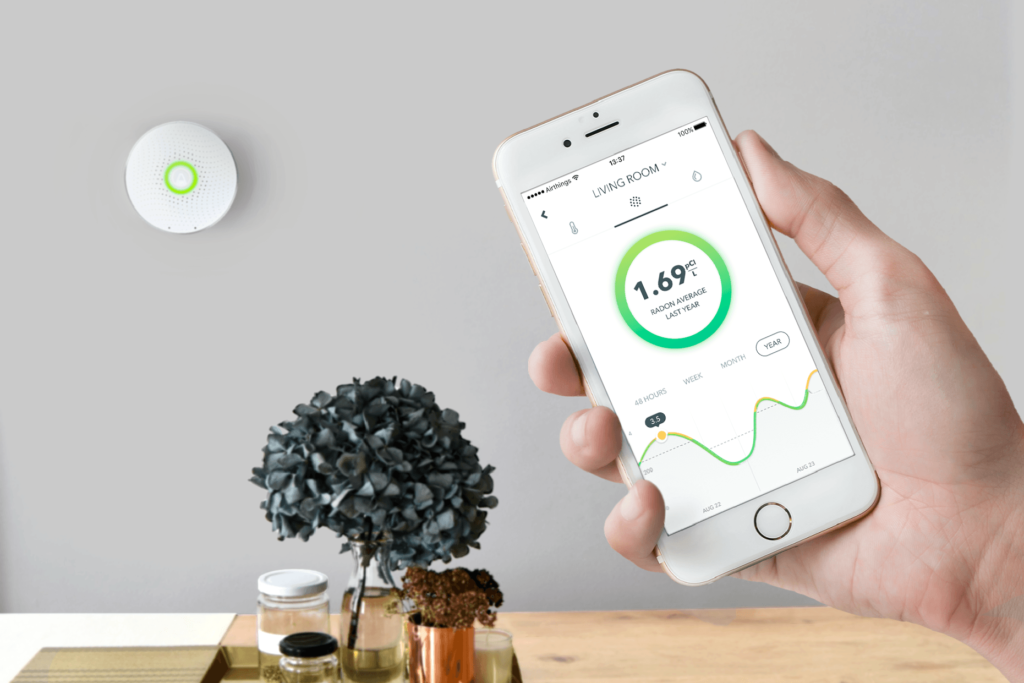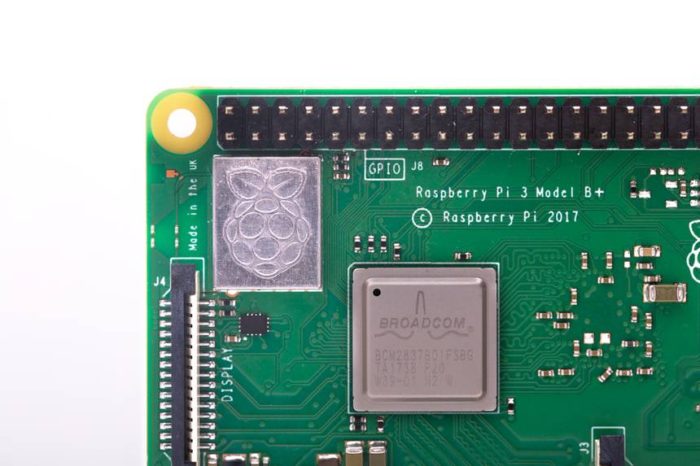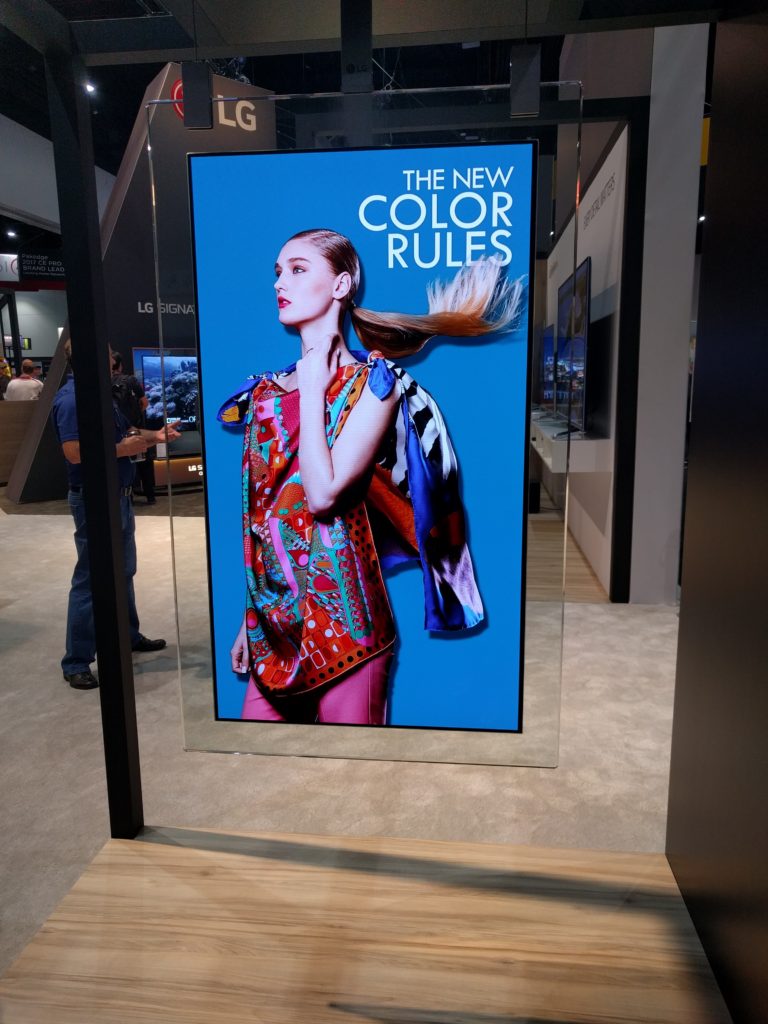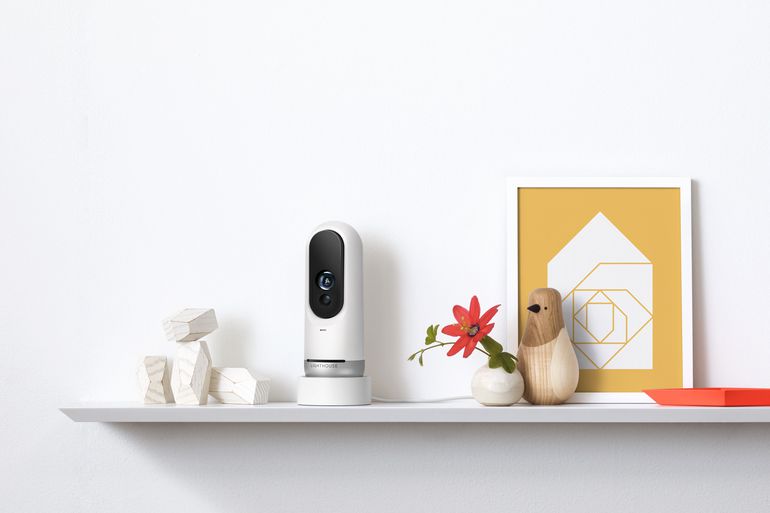This week on the show Kevin and I speculate what digital assets GE will sell and discuss the sad bankruptcy of French smart home company Sen.se. After hitting the sad news, we talked about the latest HomePod feature expected in iOS 12 and the fact that Apple didn’t say much about HomePod in its latest financial results call. We shared a new smart home device for dedicated DIYers from Machinon, discussed Control4’s new intercom function and Lenovo’s application for the FCC to test a smart bulb. Kevin shared his initial thoughts on Lenovo’s Smart Display for Google Assistant and a pro tip for anyone with a connected home. We share another ridiculous IoT idea for the week and answer a question about connecting Wyze, IFTTT and SmartThings to turn on a light.
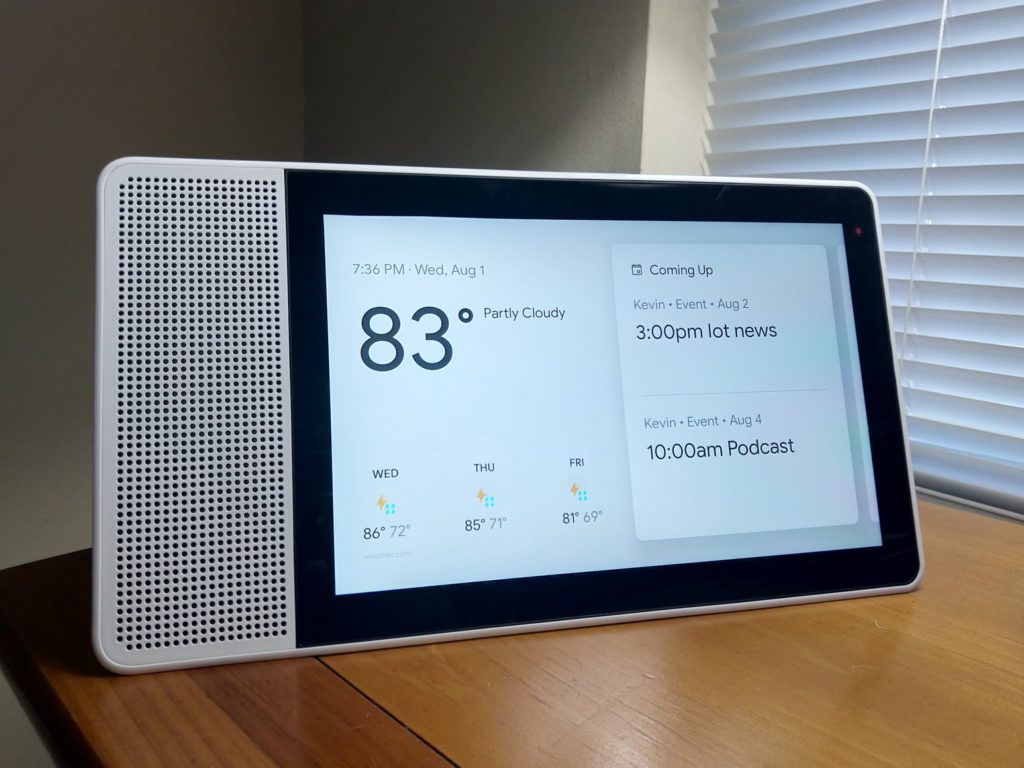
This week’s guest is Chris Smith, vice president of service innovation at Otis Elevator Company. He talks about how Otis connects its elevators, the architecture, and most importantly what it learned in trying to use data to predict failures. In addition to his practical knowledge he also answers everyone’s big question: Does the door close button on an elevator actually work? Enjoy the show.
Hosts: Stacey Higginbotham and Kevin Tofel
Guest: Chris Smith of Otis Elevator Company
Sponsors: NETGEAR and Afero
- Is GE’s Predix for sale? And who would buy it?
- Another smart home company bites the dust
- The Lenovo Smart Display is really nice!
- Predicting failure is a subtle art
- Sure, let’s put Alexa in an elevator
Podcast: Play in new window | Download | Embed
Subscribe: RSS

